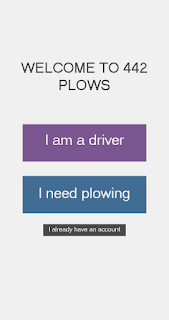The final project for this class is a packet outlining a user experience, including personas, storyboards, and experience narratives. It is supposed to be something we are intimately familiar with and something we care deeply about. I am intimately involved with art and theater, I am actually writing this as I wait for an audition. I would like to create an idea for something to assist people as they prepare for auditions and learn their lines. Auditioning for productions and then preparing to actually perform is stressful and challenging. There is a lot of pressure to memorize blocks of text, choreography, even emotions as quickly as possible. Having either a mobile or desktop app that could assist with line memorization would help alleviate some of that stress. The main feature of the app would be a simulation of another person reading along with your lines, like a prompter. It would use a combination of uploaded text, text to speech, and spee...


